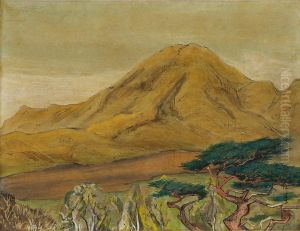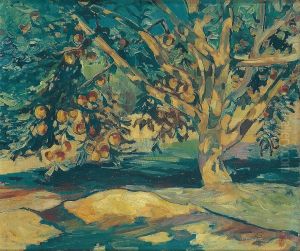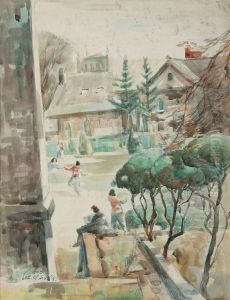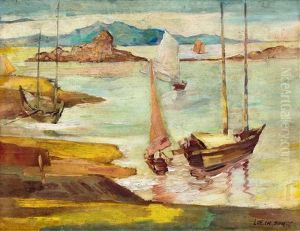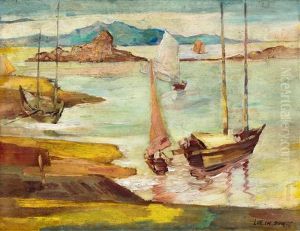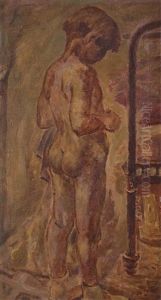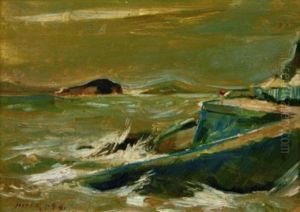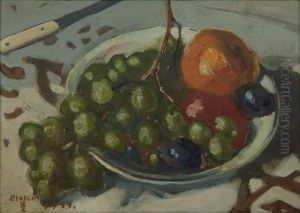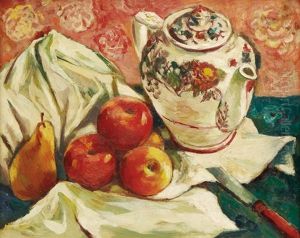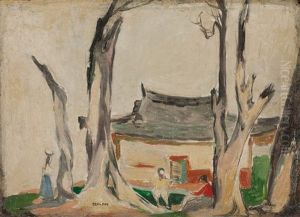Lee Insung Paintings
Lee Insung was a prominent South Korean artist, born in 1912 in Nonsan, South Chungcheong Province, during a period when Korea was under Japanese colonial rule. Despite the national turmoil and the challenges faced during his lifetime, including the Korean War, Lee's artistic journey is a testament to his resilience and dedication to his craft. His life was tragically cut short in 1950, at the age of 38, leaving behind a legacy that has continued to influence and inspire subsequent generations of Korean artists.
Lee Insung's work is characterized by its innovative blend of traditional Korean aesthetics with modernist influences, making him a key figure in the development of modern art in Korea. He was adept in various mediums, including painting and printmaking, and his subject matter often reflected the societal changes and cultural landscapes of his time. Lee's early exposure to the arts came through his family, and his education further honed his skills and artistic vision. He studied at the Tokyo Fine Arts School in Japan, a common path for Korean artists seeking formal training during the colonial period.
Upon his return to Korea, Lee Insung became actively involved in the Korean art scene, participating in numerous exhibitions and playing a significant role in the art communities. His work received critical acclaim for its depth and the way it captured the essence of Korean identity amidst the pressures of modernization and the cultural imposition by the Japanese colonial government.
One of the hallmarks of Lee Insung's art is his exceptional use of color and form, which drew from both Western techniques and the rich heritage of Korean painting. This synthesis allowed him to create works that were deeply personal yet universally appealing, contributing significantly to the narrative of Korean modern art. Despite the brevity of his career, Lee Insung's contributions to the art world were profound, and his paintings remain celebrated for their beauty and historical significance.
Lee Insung's death in the early stages of the Korean War marked a premature end to a promising career. However, his legacy lives on through his artworks, which continue to be exhibited in major galleries and museums in South Korea and beyond. His life and work symbolize the resilience of the human spirit and the enduring power of artistic expression, even in the face of adversity.
